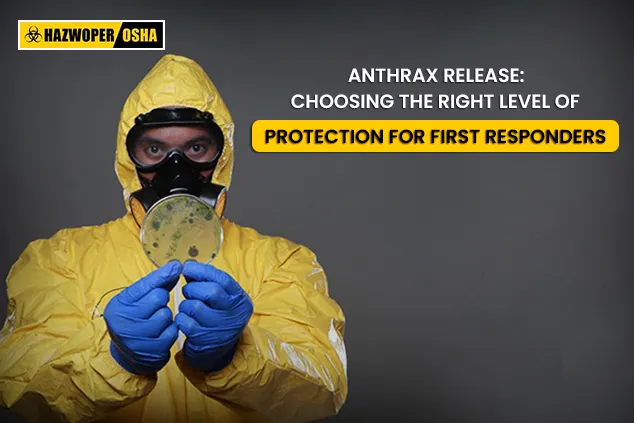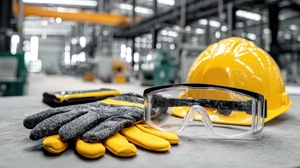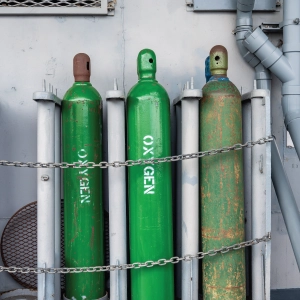Anthrax Release: Choosing the Right Level of Protection for First Responders
As a first responder, you play a crucial role in protecting the public from harm. When faced with an anthrax release, choosing the right level of protection is critical for your safety and effectiveness. This guide will help you understand the difference between Level A and Level B protection and the factors to consider when making that crucial decision.
Level A vs. Level B Protection: A Breakdown
Level A:
The highest level of protection: Provides complete respiratory and skin protection against airborne and liquid hazards.
Key features:

- Encapsulating suit with a self-contained breathing apparatus (SCBA).
- Chemically-resistant gloves, boots, and head covering.
- Double layer of protection for added security.
Use cases:
- Active anthrax release with a high risk of inhalation or skin contact.
- Direct handling of contaminated materials.
- Situations where the level of risk is unknown.
Level B:
Offers high respiratory protection: Protects against airborne hazards with a NIOSH-approved respirator.
Provides limited skin protection: Non-encapsulating suit with chemical-resistant splash protection.
Use cases:
- Clean-up and recovery operations after the anthrax release has been contained.
- Activities outside the contaminated area with minimal risk of exposure.
- When Level A resources are limited.
Factors to Consider When Choosing Level of Protection:
Stage of the release:
- Active release: Level A strongly recommended.
- Inactive release: Level B may be sufficient for clean-up.
Specific tasks:
- Direct contact with contaminated materials: Level A required.
- Activities outside the contaminated area: Level B may be sufficient.
Risk assessment:
- Potential for airborne exposure: Higher risk necessitates Level A.
- Number of anthrax spores: Higher concentrations require Level A.
Availability of resources:
- Level A equipment and training: Required for Level A use.
- Decontamination facilities: Essential for Level A personnel and equipment.
Deciding the Right Level: A Collaborative Effort
Choosing the appropriate level of protection is a collaborative decision between first responders, safety
professionals, and public health officials. A thorough risk assessment considering the factors mentioned above is
crucial for making an informed decision.
Always remember:
- Never underestimate the risk of anthrax exposure.
- Err on the side of caution and use Level A if unsure.
- Prioritize your safety and the safety of others.
With the right knowledge and collaboration, first responders can effectively protect themselves and the public
from the threat of anthrax.

 EN |
EN |  ES
ES






























































































































